EXERCISE SHORTCUTS
Glute-Ham Raising | Banded Pull-Through | Bulgarian Split Squat | Banded Face Pull | Pallof Press | Bulgarian Deadlift | Renegade Row
The gym or health club can be a confusing place. Acres of shiny machinery, weights of all shapes and sizes. You might figure that unless you know what you’re doing, you’re best off sticking to time-tested basics and steering away from trendy or unconventional moves.
But, experts say, there’s a time and place for mixing up your routine. In fact, some of the funny-looking exercises you’ve hesitated to try could reshape your fitness.
“We can easily fall into the habit of doing the same things over and over,” says Jeff Rosga, NASM-CPT, CES, PES, BCS, senior director at Life Time Academy in Chanhassen, Minn. “Breaking that cycle can be difficult, but doing so can be very beneficial. Adding some variety or out-of-the-ordinary movements is something I like to refer to as ‘play’ training, which can refresh the mind and stimulate the body.”
There are plenty of often-overlooked but highly effective exercises worth a place in your rotation, and following are seven of the best options. Recommended by a team of innovative trainers, they’ve been road-tested on pro athletes and average gym-goers alike.
Our experts explain how to execute these movements, what they’re good for, and which conventional exercise each one most closely replicates (you don’t want to replace your squats with sit-ups, after all).
There are options here for your lower body, upper body, and core, so no matter what’s on the docket for today, you’ll have a testing ground for some alternatives.
“Incorporating some unconventional movements can add something unexpected into your workout,” says Rosga. “And that can also lead to positive results.”
Glute-Ham Raising
The hamstrings do two things: flex the knee and help extend the hip. This exercise trains both crucial functions in one go. “Glute-ham raises are humbling but worth the effort,” says Boston-based strength coach Tony Gentilcore, CSCS.
- Kneel on an exercise mat and have a training partner hold your heels firmly.
- Keep your body as straight as possible from knees to head. Slowly shift your weight forward, resisting gravity with your hamstrings and glutes.
- Lower yourself as slowly as possible, catching yourself as you get close to the floor (your finishing position will resemble the bottom of an on-the-knees pushup).
- Push off the floor just enough to get your body moving back toward vertical. Simultaneously pull with your hamstrings and squeeze with your glutes until you return to the starting position.
- Keep your reps low at first — about five per set. Repeat for three to five sets.
*Substitute for leg curls
Banded Pull-Through
“This is one of the most underrated exercises of all time,” says Gentilcore. Pull-throughs work your rear-body posterior-chain muscles and promote hip mobility without overstressing the lower back. “It’s incredibly versatile.”
- Attach a superband to a low anchor point (or connect a two-handled rope attachment to a cable column machine).
- Face away from the anchor, straddling the band, and reach through your legs to grasp it with both hands.
- Stand with your feet slightly wider than shoulder width and step forward until you feel tension on the band.
- Keeping your back straight, your chin neutral, and your shoulder blades pulled back and down, push your hips back and lean forward as far as you can without losing the natural arch in your lower back. Your arms should reach back between your legs.
- Allow your knees to bend slightly, and the hamstrings and adductors — the muscles on the insides of your thighs — to stretch.
- Return to the standing position by thrusting your hips forward, squeezing your glutes together, and pulling the band through your legs. Use lighter resistance, says Gentilcore. “The important thing is getting quality reps. Pull from your hips, not your arms or lower back, and shoot for three sets of 10 to 15 reps.”
*Substitute for Romanian deadlifts or kettlebell swings
Bulgarian Split Squat
This single-leg lift improves strength, balance, hip mobility, and general athleticism. But be forewarned: “Bulgarian split squats are super hard — they never feel good, and you’re never going to be able to use a weight that impresses anyone,” says Alwyn Cosgrove, MS, CSCS, of Santa Clarita, Calif. So proceed with courage, and abandon your pride.
- Stand 2 to 3 feet in front of a knee-high bench or box, extend your left leg behind you, and rest your toes on the bench. Toes can be flat or tucked, according to personal preference. Square your hips and shoulders.
- Keeping your torso upright and hips and shoulders squared, and without letting your left foot roll to either side, slowly lower your left knee toward the floor. Your front knee will form, approximately, a 90-degree angle (it may go farther, depending on your mobility; just make sure your knee doesn’t cave inward).
- Reverse the move by pushing down through the heel of your right foot and return to the starting position.
- Do eight to 15 reps per leg. Repeat for two or three sets.
Make it harder: Add resistance once you’re comfortable doing multiple sets of 15 on each leg: A weighted vest, dumbbells, and a barbell are all great options.
(See “BREAK IT DOWN: How to Do the Bulgarian Split Squat” for more form tips.)
*Substitute for squats or lunges
Banded Face Pull
All the hours we spend commuting, desk jockeying, and TV watching conspire to pull even the most posture-conscious among us into a habitual slouch. And what we do in the gym often compounds the problem. “Most people,” Gentilcore explains, “do nothing but bench presses, lat pulldowns, curls, and crunches in the gym” — all exercises that further force us into that curled-forward, semifetal position. Face pulls are posture savers: By targeting the upward rotators — the muscles that pull the shoulder blades down and back — they help counterbalance chronic rounding in the back and shoulders, thus reinforcing healthy posture.
- Loop a handled resistance band around a secure anchor at about face height (or set the pulley on an adjustable cable machine a few inches to a foot above your head, and connect a two-handled rope attachment).
- Facing the anchor point, grasp the handles with palms down and step back until you feel tension in the band.
- Lean back slightly and assume a staggered athletic stance: one foot forward, the other slightly back, chin neutral, back straight, shoulder blades pulled down and together.
- Maintaining this upright posture, draw your elbows back as far as possible, keeping them slightly above shoulder height throughout the movement. Your thumbs will reach closer to your cheekbones than your neck.
- Reverse the motion to extend your arms with control, allowing the shoulder blades to abduct (wing slightly away from the middle of your back) when your arms are extended. Gentilcore suggests keeping the resistance low to moderate for two or three sets of 10 to 15 reps per set, focusing on excellent form throughout.
*Substitute for overhead presses or rows
Pallof Press
“This move teaches people to resist rotation in the core musculature,” says Gentilcore. Because the core’s main function is to brace the spine for stability, antirotation exercises like this one are essential in preventing injury to the lower back.
- Attach a superband to a secure anchor at chest height (or set the pulley on a cable machine to chest height and connect a D-handle, the steel attachment with a rotating handle, to the cable).
- Grasp the band with both hands, overlapping fingers, and step away from the anchor until there is tension on the band. Turn your body 45 degrees to the left so your right shoulder points to the anchor.
- Assume an athletic stance (knees slightly bent, chin neutral, back upright, shoulder blades back and down, feet shoulder width apart) and hold the band against your torso at sternum height.
- Extend your arms, keeping your hands directly in front of the middle of your chest, maintaining an upright posture. Pause in the fully extended position for a moment, then slowly bring the handle back to the starting position.
- Complete two or three sets of 10 to 15 repetitions. Repeat with your left shoulder pointing at the anchor.
*Substitute for side plank
Bulgarian Deadlift
Many single-leg movements — think lunges and step-ups — primarily work the quadriceps (the muscles on the front of the thigh) while minimally stressing the glutes and hamstrings. Bulgarian deadlifts solve this problem, says Cosgrove: The forward hip-hinge maximally fires up your glutes and hamstrings, and with your back foot stabilized on the bench behind you, you’ll be able to use a substantial weight (optional) without losing your balance.
- Stand with your back 2 to 3 feet from a bench or an aerobic step no taller than knee height.
- Extend your right leg behind you and place your foot on the step.
- Bend your front knee slightly, square your hips and shoulders, and balance your weight between your feet.
- Keeping your back neutral throughout the movement, bend forward at the hips and extend your hands toward the floor, stopping the movement when you start to lose the natural arch in your lower back.
- Return to the starting position by pushing through the heel of your front foot.
- Perform eight to 15 repetitions, switch legs, and repeat for a total of two or three sets. Make it harder by holding dumbbells.
*Substitute for other deadlift variations
Renegade Row
“The renegade row is essentially an advanced plank,” says Sara Wiley, MS, CSCS, director of athletic performance for Olympic sports at the University of Minnesota. By adding the rowing motion to the basic plank, renegade rows force the core to stabilize the spine dynamically while your center of gravity is shifting.
- Select a pair of medium-weight dumbbells and get into pushup position: feet shoulder width apart, hands directly beneath your shoulders, gripping the dumbbell handles for support.
- Minimizing any rolling or tilting in the hips, shift the entire weight of your upper body onto your right hand and pull the dumbbell in your left hand toward your left hip as if performing a single-arm dumbbell row.
- Lower the dumbbell to the starting position, shift your weight onto your left hand, and repeat on the right side.
- Alternate sides for two or three sets of 10 to 15 repetitions on each side.
*Substitute for plank with hands on a stability ball
This originally appeared as “The Best Exercises You’re Not Doing” in the October 2018 print issue of Experience Life.
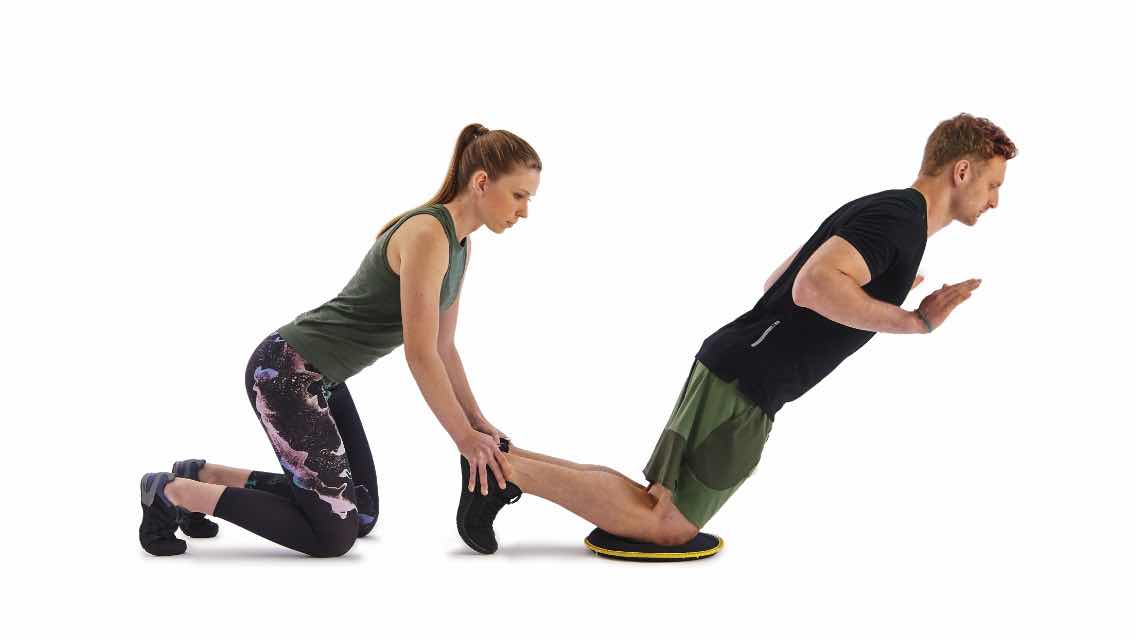
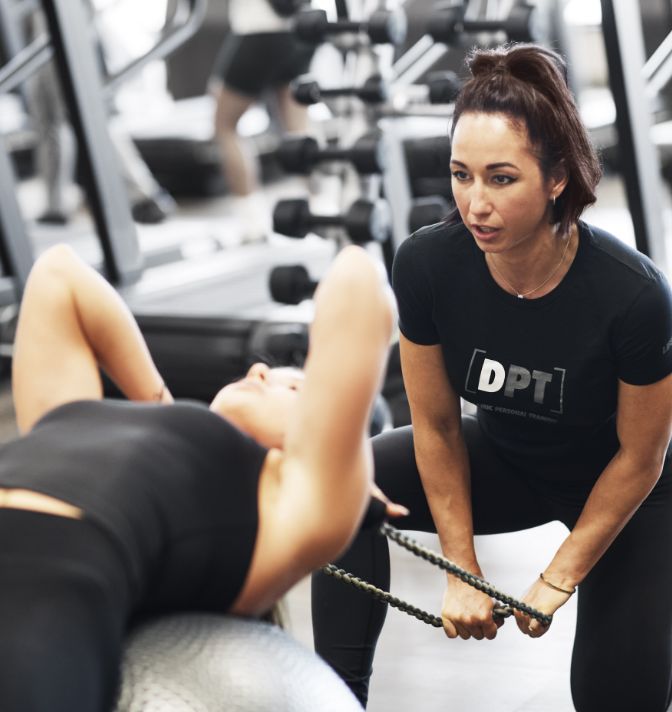
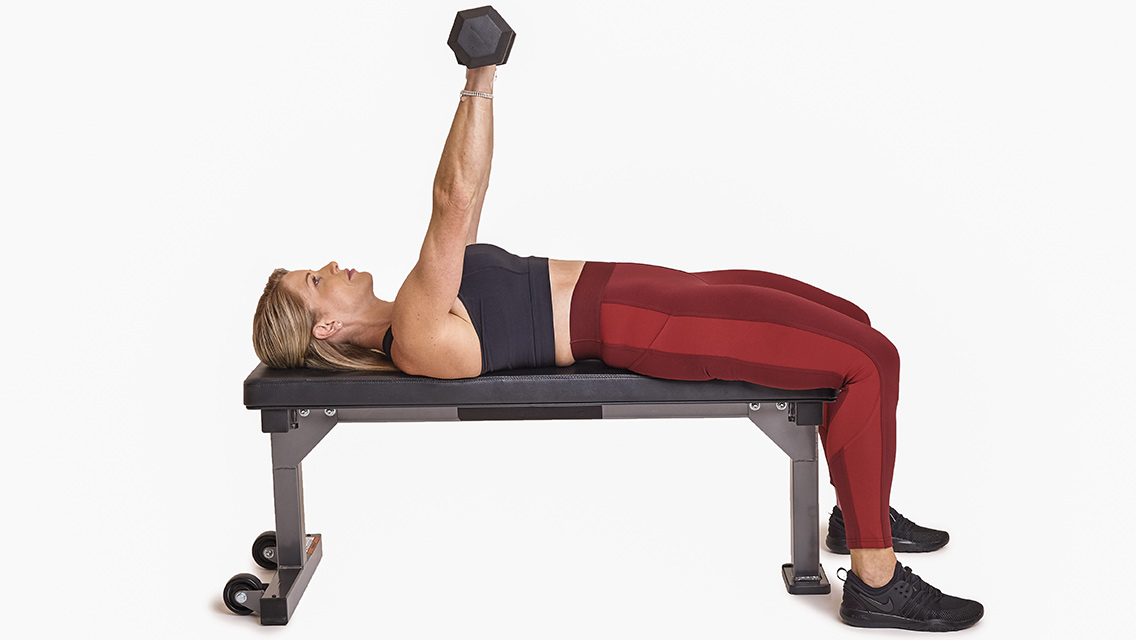
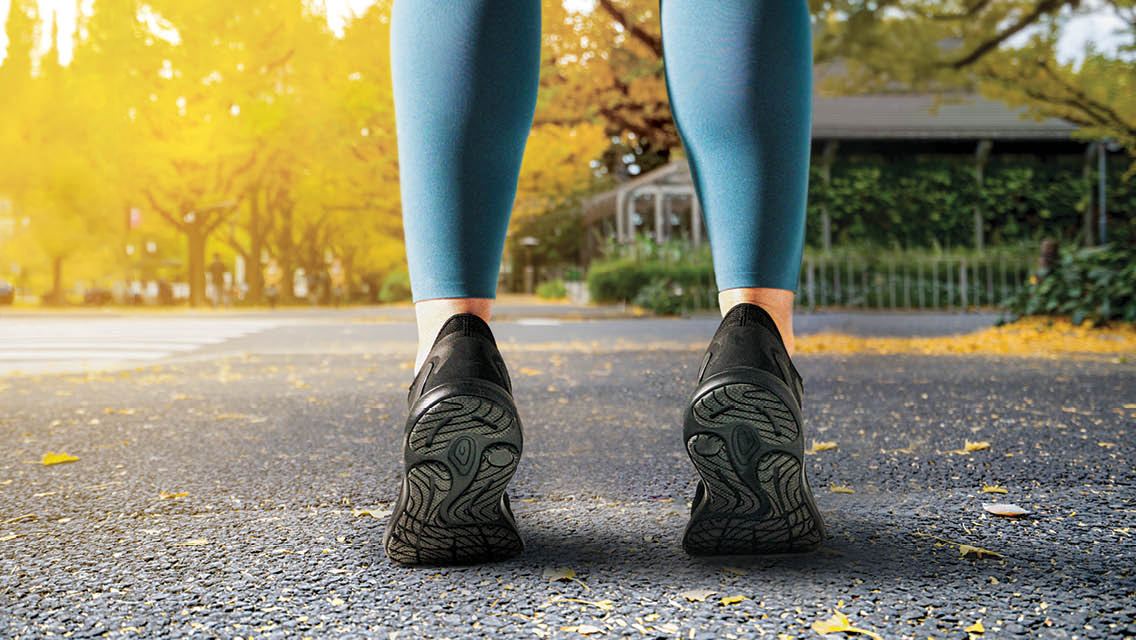
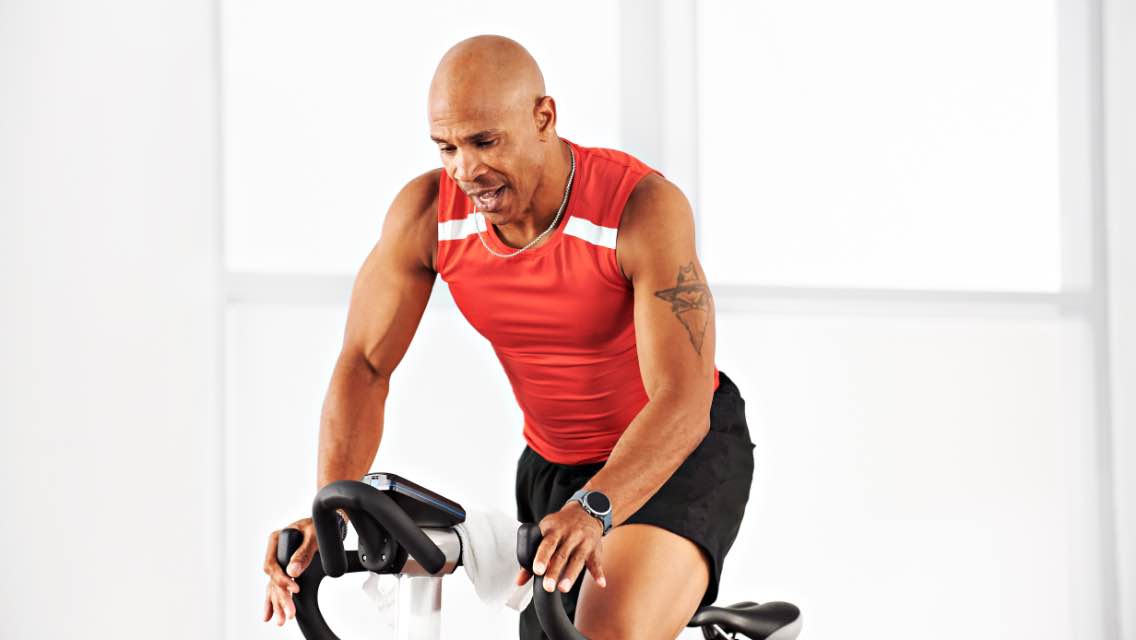
This Post Has 0 Comments